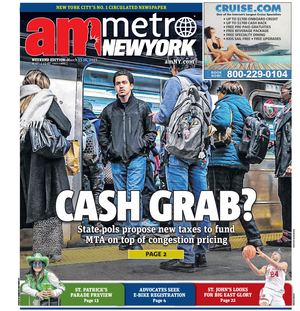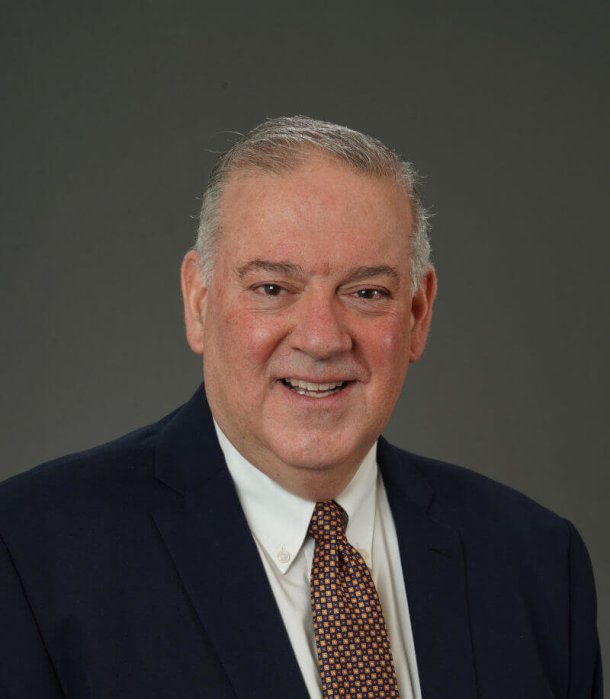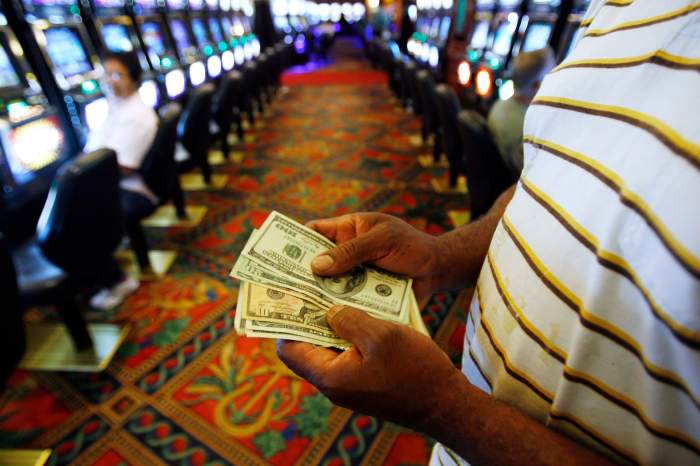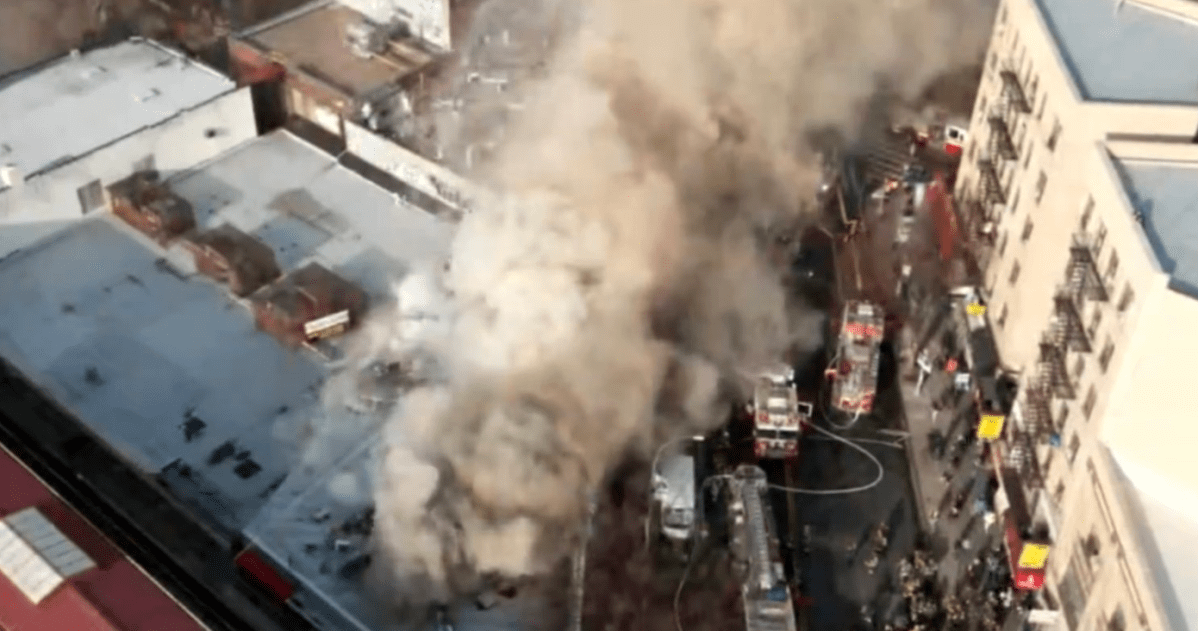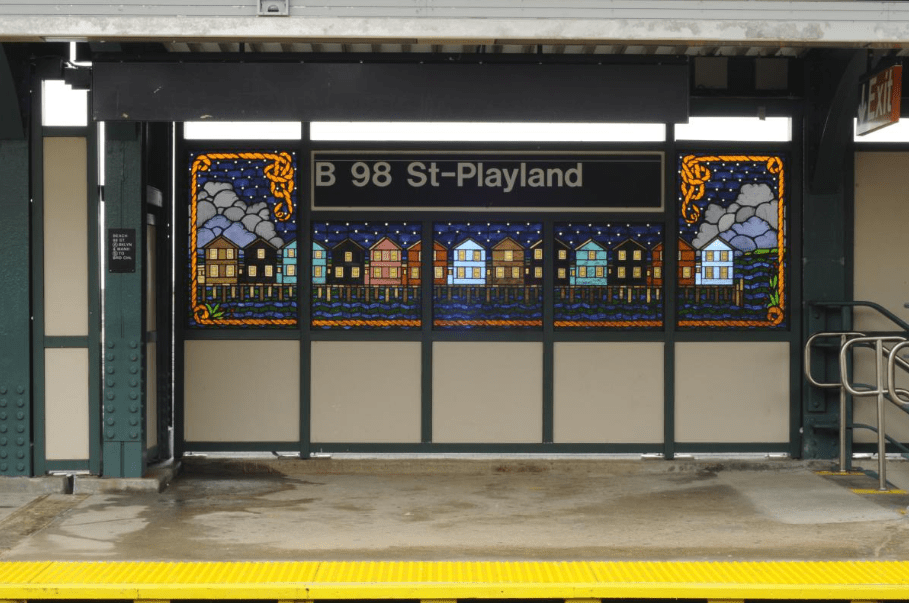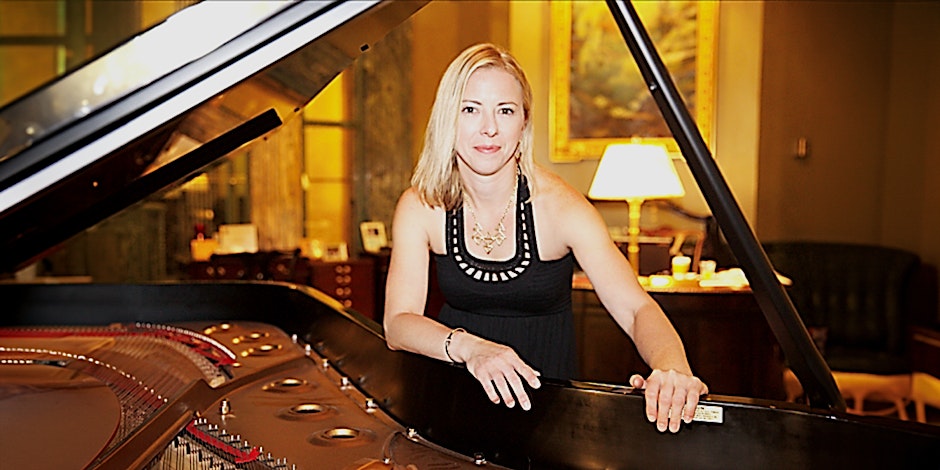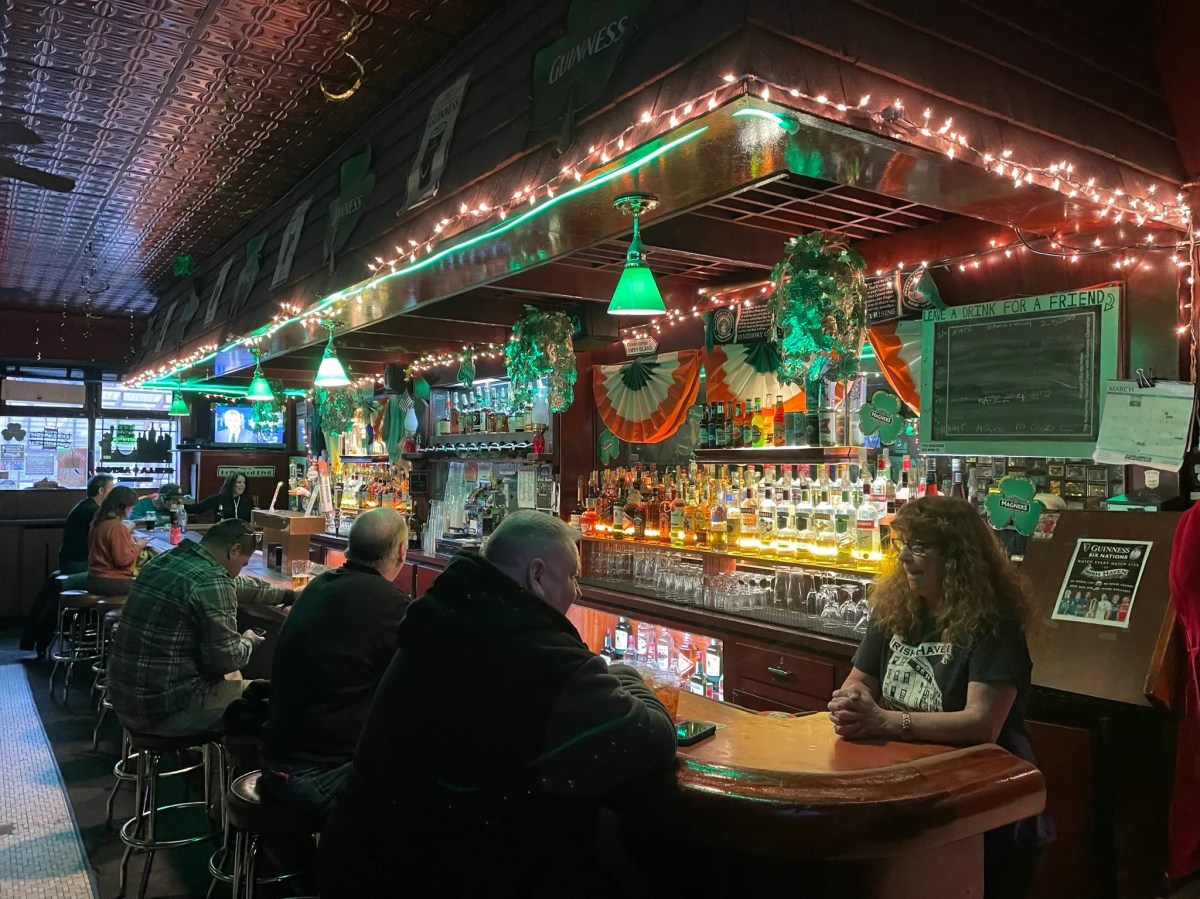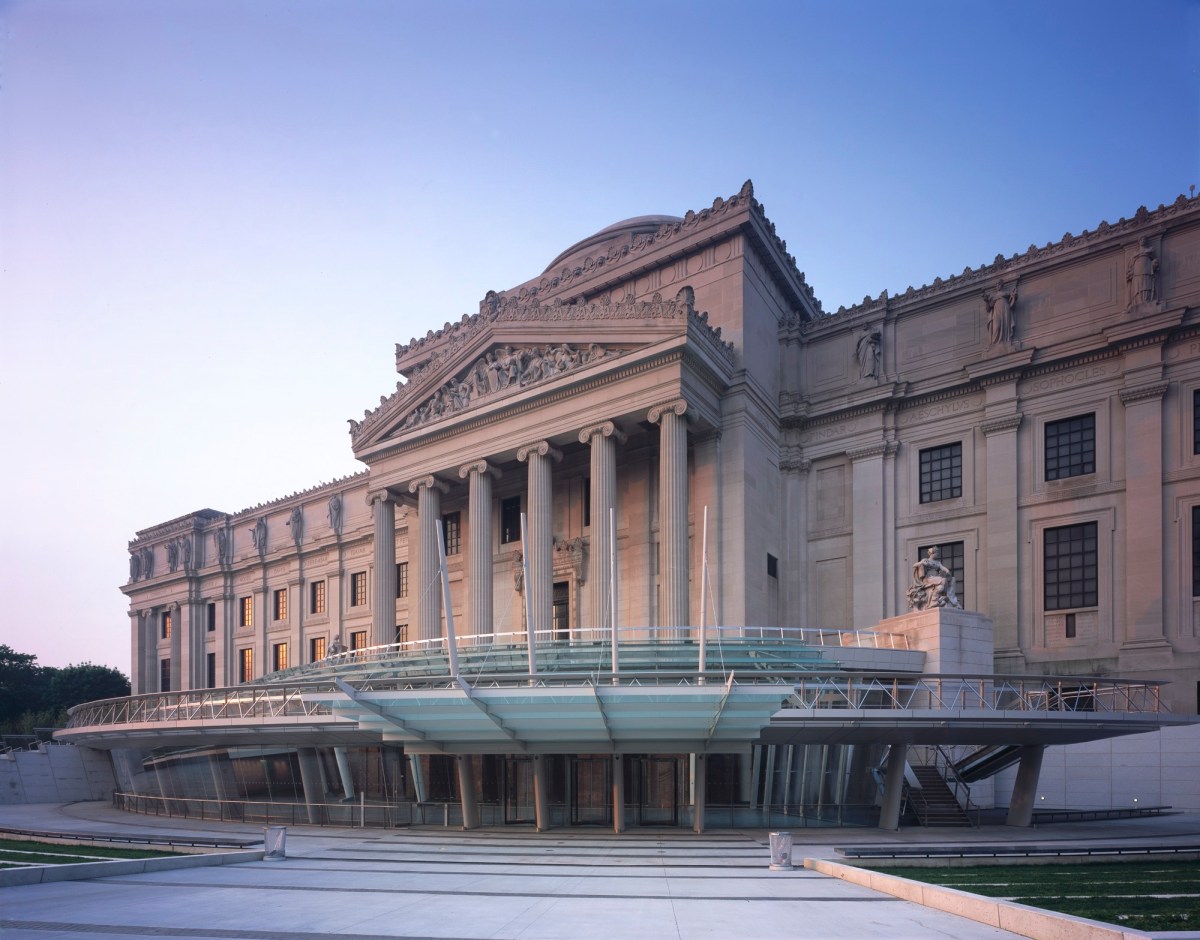It’s a safe bet to say that New Yorkers love to gamble.
In early January New York State surpassed New Jersey in claiming the gaming market lead, receiving over $1.6 billion worth of sports bets, according to the data revealed last month by the New York State Gaming Commission— making $300 million more than New Jersey ever had.
And, as gaming continues to proliferate across the Northeast and in the southern regions of Ontario and Quebec, large parts of these areas are now within a one-hour drive of a gaming facility. So what do these major developments in the gaming world mean for the future of betting in New York?
In September of 2019, The New York State Gaming Commission (NYSGC), issued a request to answer that exact question. They sought to conduct a market study regarding “the evaluation of the gaming market in New York State,” and the “potential impacts of changes to that market both within and outside of the State,” according to the official document.
Due to their well-established reputation as a non-partisan consultancy firm that specializes in all facets of the gambling market, the Spectrum Gaming Group (Spectrum), was appointed to undertake the research.
Before Spectrum could begin evaluating New York’s gaming market, they were first required to collect data from 2010-2019, from the three types of gaming facilities most prominent in the area, which included: Indian casinos and Class II gaming, video lottery terminals (VLT) at racetracks, and commercial casinos.
Spectrum discovered that over the 9-year period, the VLT sites, which feature a type of electronic gambling machine, annually generated a larger total of wagered cash, the Gross Gaming Revenue (GGR), in comparison to the Indian and Commercial casinos. Which, according to estimations, resulted in VLT producing greater state revenue in 2019, where they made $956, while Commercial casinos made $188, and Indian casinos $221.
However, regardless of the amount of revenue collected, each of these facilities contribute to significant state programs.
“The Lottery revenue from the VLTs is directed toward education. Eighty percent of the tax revenue from the commercial casinos is directed to elementary or secondary education and 20 percent of the revenue is directed to host and non-host communities in the region,” said Spectrum analysts.
With three full gaming licenses still available, the New York City area could provide the Empire State ample opportunity to cash in even more chips.
Two potential suitors are Resorts World New York City Casino at Aqueduct Racetrack in South Ozone Park, Queens, and MGM Empire City at Yonkers Raceway in Yonkers. Both facilities offer VLTs only, but could easily accommodate new table games.
Queens leaders see the opportunity as particularly lucrative for Resorts World New York City.
“Southeast Queens was disproportionately harmed by the pandemic. With Resorts World, we can build a better future with an intentional recovery that puts community first,” southeast Queens City Council Member Nantasha Williams wrote in a recent op-ed published on QNS. “If Resorts World’s location in Queens was granted an expanded license, it would directly create hundreds of good-paying union jobs in an area that needs it most.”
Breaking down the data
To obtain a more comprehensive understanding of all existing gaming in New York as it is today, and expanded Upstate gaming within that, Spectrum then evaluated the facilities in 2015 and 2020.
“We chose 2015 as the first year of our analysis because it preceded any of the developments of the Upstate New York Gaming Economic Development Act,” said Spectrum. “We use the growth from 2015 to 2020 to show how existing gaming has changed over those years as context for the gaming expansion.”
Spectrum estimated that in 2020, New York casinos and VLT facilities would employ about 15,700 people, with the majority of revenues and jobs concentrated in the Indian casinos Upstate.
During their research, Spectrum’s gaming investigators noted that as revenue grew over the 5 year window, so did the rate of employment. In alignment with their expectation, gaming labor and revenues skyrocketed by comparable percentages. In 2015, gaming revenues increased from $2.9 billion to $3.8 billion in 2020, and similarly, The total employment at New York casinos and VLT facilities has grown from about 12,000 jobs in 2015 to 15,700 jobs in 2020.
“These revenues and jobs form the core of gaming’s impacts on the state,” said Spectrum.
Based on the collected data, and the observed positive impacts of gaming, Spectrum was able to generate projections for the possible effects of expansion in upstate and downstate New York in 2025.
According to Spectrum, if gaming facilities were expanded Upstate (to cities such as Batavia, Saratoga, Vernon, Hamburg, etc.) there is a possibility of gaining a GGR of $1,922 million, and a gaming-tax revenue of $550 million. While the total economic impact of expanding Downstate (to the Meadowlands or Orange County), is predicted to grow by an average annual amount between $3.7 billion and $4.6 billion.
The team also estimated $560 million in annual state revenue, $2.3 billion in yearly personal income for New Yorkers, and around 7,000 construction jobs— which can result in up to $644 million in personal income and $45 million in state revenue.
Although it appears that expanding gaming facilities throughout the state may be only positive, Spectrum took precautions on the possible social impacts that may develop. After the review “of academic literature, which include data-based studies that undergo a rigorous peer-review process, we found that most of the negative social impacts (or “social costs”) of gambling are attributable to gambling disorder,” the team stated. “In short, the academic literature indicates that the expansion of gaming facilities in New York is unlikely to have a significant impact on overall negative social impacts from gambling.”
With the record-breaking $70 million made in tax revenue, following the recent legalization of sports betting in New York, Governor Kathy Hochul released a statement, stating, “as this new industry continues to grow, New York will make sure we have the resources and guidelines in place to make it a success for all.”
